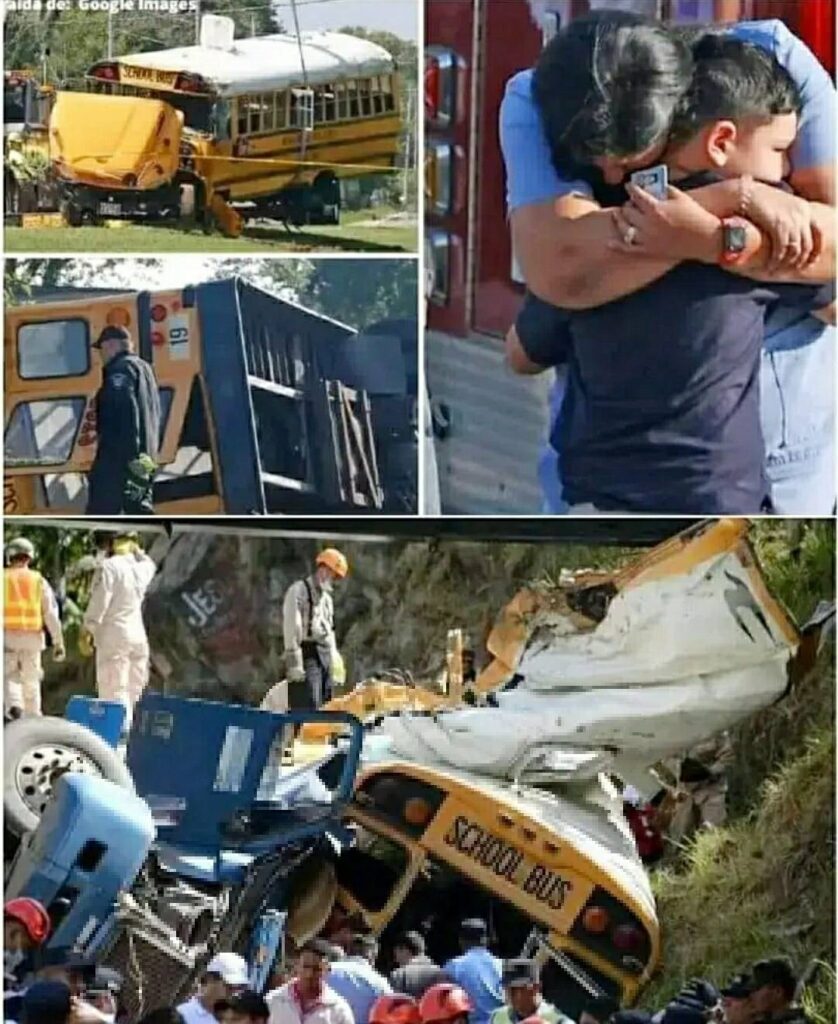It has now been eight long years since Tanzania experienced one of the most devastating tragedies in its recent history—the Karatu school bus accident that claimed the lives of 32 young children, two devoted teachers, and a bus driver who had dedicated his life to safely transporting students. The events of May 6, 2017, remain etched in the collective memory of the nation, a day marked by sorrow, shock, and grief that brought Tanzanians together in mourning and reflection. Every year, the nation pauses to remember the innocent lives lost and the families forever changed by the tragedy, underscoring the fragile nature of life and the importance of vigilance on the roads.

The students from Lucky Vincent Primary School in Arusha had been en route to take part in a mock national examination, a milestone in their early academic lives that promised hope, achievement, and progress. Excited and nervous, the children chatted and laughed, oblivious to the fact that this routine journey would soon turn into a national calamity. The school bus, which had faithfully transported students for years, lost control on the slick, rain-soaked roads winding through the mountainous terrain of Karatu district. The vehicle veered violently off the road and plunged into a deep ravine, leaving a scene of utter devastation. Rescue teams who arrived on-site faced an unimaginable sight: overturned vehicles, broken glass, and the heartbreaking cries of survivors struggling amidst the wreckage. The immediate response of first responders, local volunteers, and neighboring villagers was heroic, as they worked tirelessly to save as many lives as possible despite the chaos and danger of the terrain.
The news of the accident spread across the country with alarming speed. National television stations halted regular programming, radio broadcasters provided continuous live coverage, and newspapers dedicated their front pages to reporting the shocking details. President John Magufuli quickly addressed the nation, announcing a period of official mourning and urging Tanzanians to unite in support of the grieving families. Across the nation, communities held vigils, prayer gatherings, and memorial services to honor the victims, demonstrating extraordinary solidarity and compassion in the face of overwhelming tragedy. Families, teachers, and fellow students gathered together, holding hands and shedding tears, sharing their grief, and offering support to one another in the darkest of times.
Amid this sorrow, a glimmer of hope emerged. Three children—Wilson, Sadia, and Doreen—were found alive, though severely injured. Their survival was nothing short of miraculous, and their stories inspired both national and international attention. Airlifted to the United States for advanced medical treatment, the three underwent extensive surgeries, rehabilitation, and emotional recovery. Their journey of survival, resilience, and determination became emblematic of human courage, representing hope even in the face of unimaginable loss. Their miraculous recovery was celebrated nationwide, with stories of their progress covered by international media, bringing a sense of light to a story that had otherwise plunged the nation into darkness.
The aftermath of the tragedy sparked crucial discussions about road safety, transportation regulations, and the protection of schoolchildren in Tanzania. The government pledged to improve oversight on school transport, increase driver training standards, and enhance rural road infrastructure to prevent similar incidents in the future. Local authorities implemented new policies requiring stricter inspection of school vehicles and certification of drivers. Safety campaigns were launched in schools across the country, teaching children how to behave during emergencies, while families advocated for better road conditions in mountainous districts like Karatu. Though progress has been inconsistent, the tragedy has remained a guiding force behind reforms, highlighting the ongoing need for vigilance and proactive measures to safeguard the lives of young learners.


